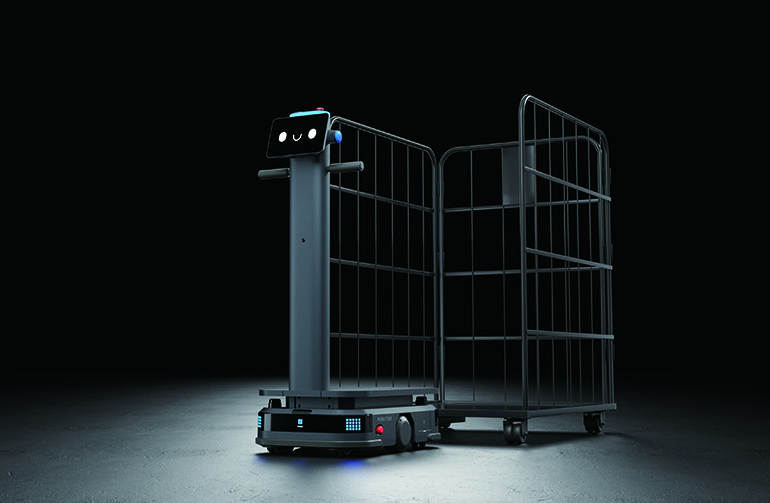In a groundbreaking demonstration of artificial intelligence's potential, researchers at TU Wien in Austria have developed a robotic system that can learn complex cleaning tasks by simply observing human movements. This innovative approach challenges traditional programming methods and offers a glimpse into a future where robots can adapt and learn with unprecedented flexibility.
The Complexity Behind a Simple Task
What appears to be a mundane chore—cleaning a sink—actually involves an intricate series of cognitive and physical decisions. Humans instinctively adjust sponge angles, modulate cleaning force, and navigate surface contours without a second thought. For robots, however, these nuanced movements have historically been a programming nightmare.
Andreas Kugi, from the Automation and Control Institute, explains the challenge: "Capturing a washbasin's geometric shape is relatively simple. The real complexity lies in teaching a robot the subtleties of movement—determining the right motion type, speed, angle, and force for each surface area."
A Novel Learning Approach
Rather than attempting to code every possible cleaning scenario, Kugi's team took a revolutionary approach: they would let the robot learn by watching.
They developed a specialized cleaning sponge equipped with advanced force and position sensors. A human operator cleaned just the front edge of a sink coated with a dyed gel simulating dirt. The sensors captured every minute detail of the cleaning process—from pressure applied to movement trajectory.
This data became the foundation for training a neural network, which could then translate human movements into reproducible robotic actions.
From Partial Data to Complete Performance
Perhaps most impressively, the robot could extrapolate a complete cleaning routine from data collected solely from the sink's front edge. By analyzing these initial movements, the AI system developed a comprehensive cleaning strategy that could be applied to the entire basin.
Beyond Sink Cleaning: The Potential of Federated Learning
The researchers see this experiment as more than just a novel cleaning technique. It represents a breakthrough in robotic learning methodologies, particularly through "federated learning"—a concept where robots can share and learn from each other's experiences.
"Imagine workshops where robots individually gain local experience with tasks like sanding or painting," Kugi suggests. "They could then share their learned parameters, creating a collective intelligence that continuously improves."
Recognition and Future Implications
The research hasn't gone unnoticed. The team's paper was submitted to the IROS 2024 conference and awarded the "Best Application Paper Award" out of over 3,500 submissions—a testament to its potential impact.
The implications stretch far beyond sink cleaning. The same learning methodology could be applied to numerous tasks: industrial manufacturing, environmental cleanup, precision agriculture, and more.
A Glimpse of the Robotic Future
This research represents more than a technological novelty. It's a potential paradigm shift in how we conceptualize machine learning and robotic adaptation. By moving away from rigid, pre-programmed instructions and towards observational learning, we're inching closer to more flexible, intuitive artificial systems.
The humble sink-cleaning robot might just be the harbinger of a new era of intelligent machines—systems that can watch, learn, and execute with a sophistication that blurs the lines between programmed instruction and genuine understanding.
As Kugi and his team continue to push the boundaries of robotic learning, one thing becomes clear: the future of artificial intelligence is not about programming every possible scenario, but about creating systems capable of learning, adapting, and evolving.


















